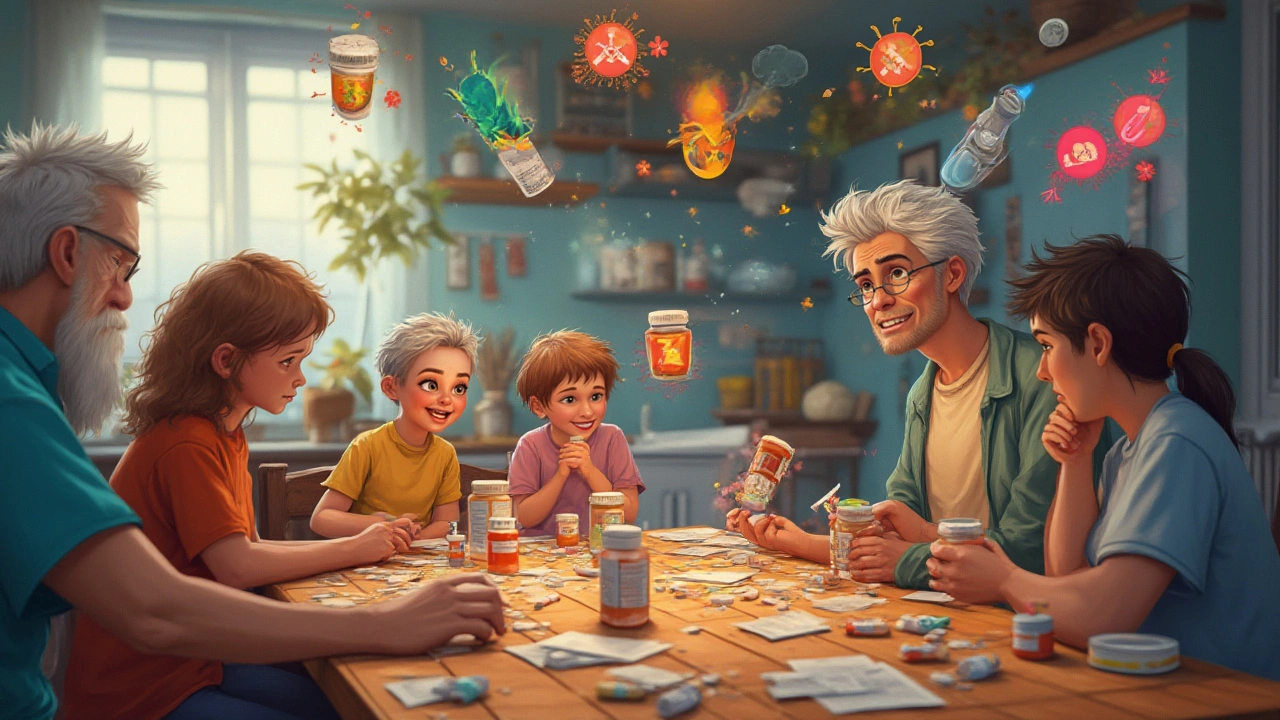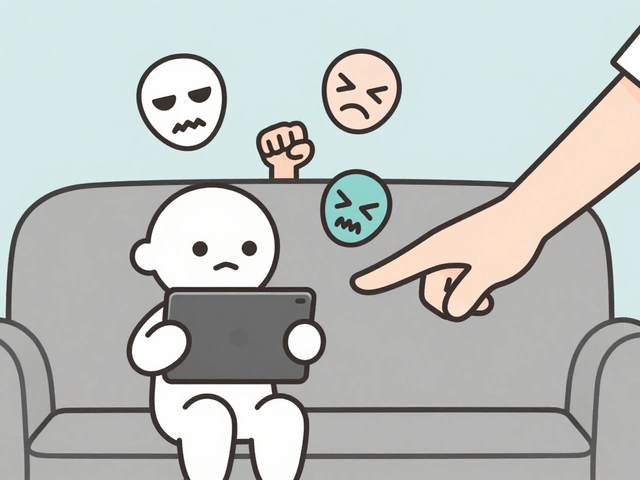Understanding Antibiotic Resistance: What It Means for You
Antibiotic resistance happens when bacteria change and stop reacting to the medicines designed to kill them. This means infections that were once easy to treat can become tough or even impossible to fix with standard drugs. You might wonder, how does this happen? It’s often because antibiotics are used too much or not correctly, giving bacteria a chance to adapt.
Why should you care? Because antibiotic resistance puts everyone at risk—if common infections become untreatable, even minor injuries or routine surgeries could get dangerous. It’s not just about people who take antibiotics; the more resistance spreads, the harder it is for healthcare professionals to save lives.
How Does Antibiotic Resistance Develop?
Bacteria can become resistant naturally, but human actions speed up the process. Taking antibiotics when you don’t need them, skipping doses, or not finishing your treatment gives bacteria chances to survive and learn how to fight back. That means the next time you get sick, those bacteria might not be stopped by usual drugs. Resistant bacteria can also spread easily from person to person or through contaminated food and water.
What Can You Do to Help?
You have more power than you think. Use antibiotics only when a doctor says so, and always follow their instructions exactly. Don’t ask for antibiotics if you have a virus like a cold or the flu—they won’t help and can actually cause harm. Keep good hygiene practices like washing your hands regularly to avoid infections and spreading resistant bacteria. Staying informed about antibiotic resistance helps you make smarter choices that protect your health and others around you.
16
Antibiotic Resistance: Causes, Impact & How to Protect Your Health
Discover what antibiotic resistance means, why it threatens your health, and how simple steps can make a big difference. Get facts, stats, and easy tips.
Latest Posts
Popular Posts
-
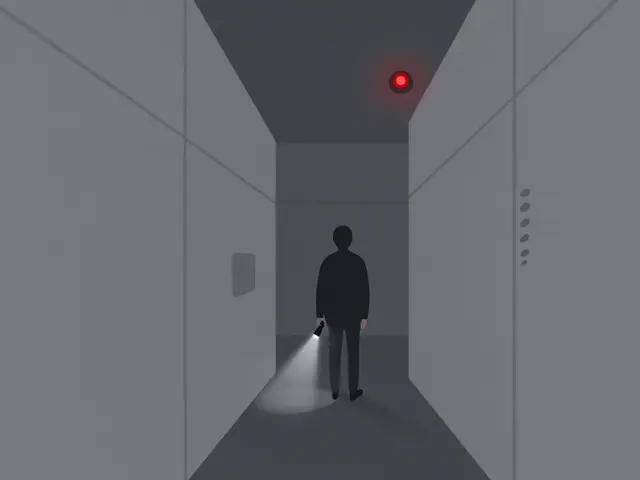 Survival Horror in Film: How Isolation, Resourcefulness, and Tension Create Unforgettable Fear
Survival Horror in Film: How Isolation, Resourcefulness, and Tension Create Unforgettable Fear
-
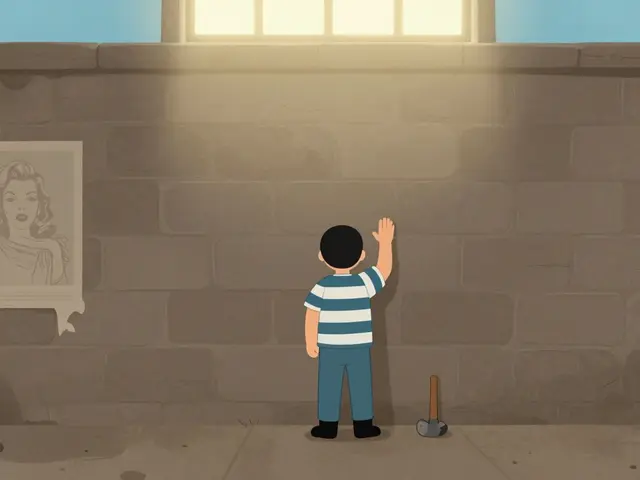 IMDb’s Top 250 Explained: Why The Shawshank Redemption Still Reigns
IMDb’s Top 250 Explained: Why The Shawshank Redemption Still Reigns
-
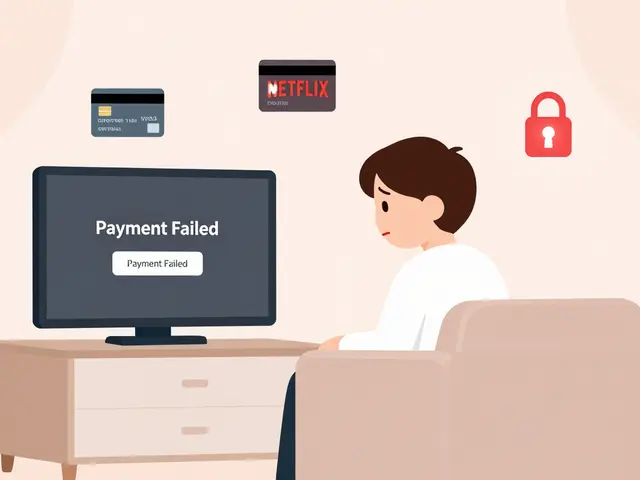 Billing and Payment Lockouts: How to Restore Streaming Access Fast
Billing and Payment Lockouts: How to Restore Streaming Access Fast
-
 Best Streaming Devices 2025: Complete Buyer's Guide
Best Streaming Devices 2025: Complete Buyer's Guide
-
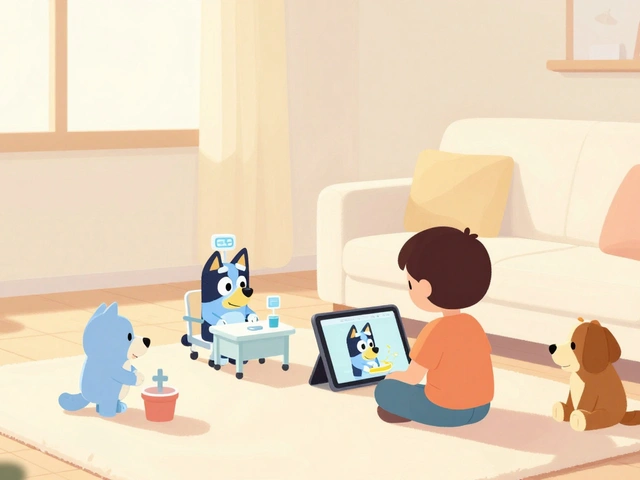 Best Educational TV Shows for Preschoolers, Elementary Kids, and Tweens
Best Educational TV Shows for Preschoolers, Elementary Kids, and Tweens
